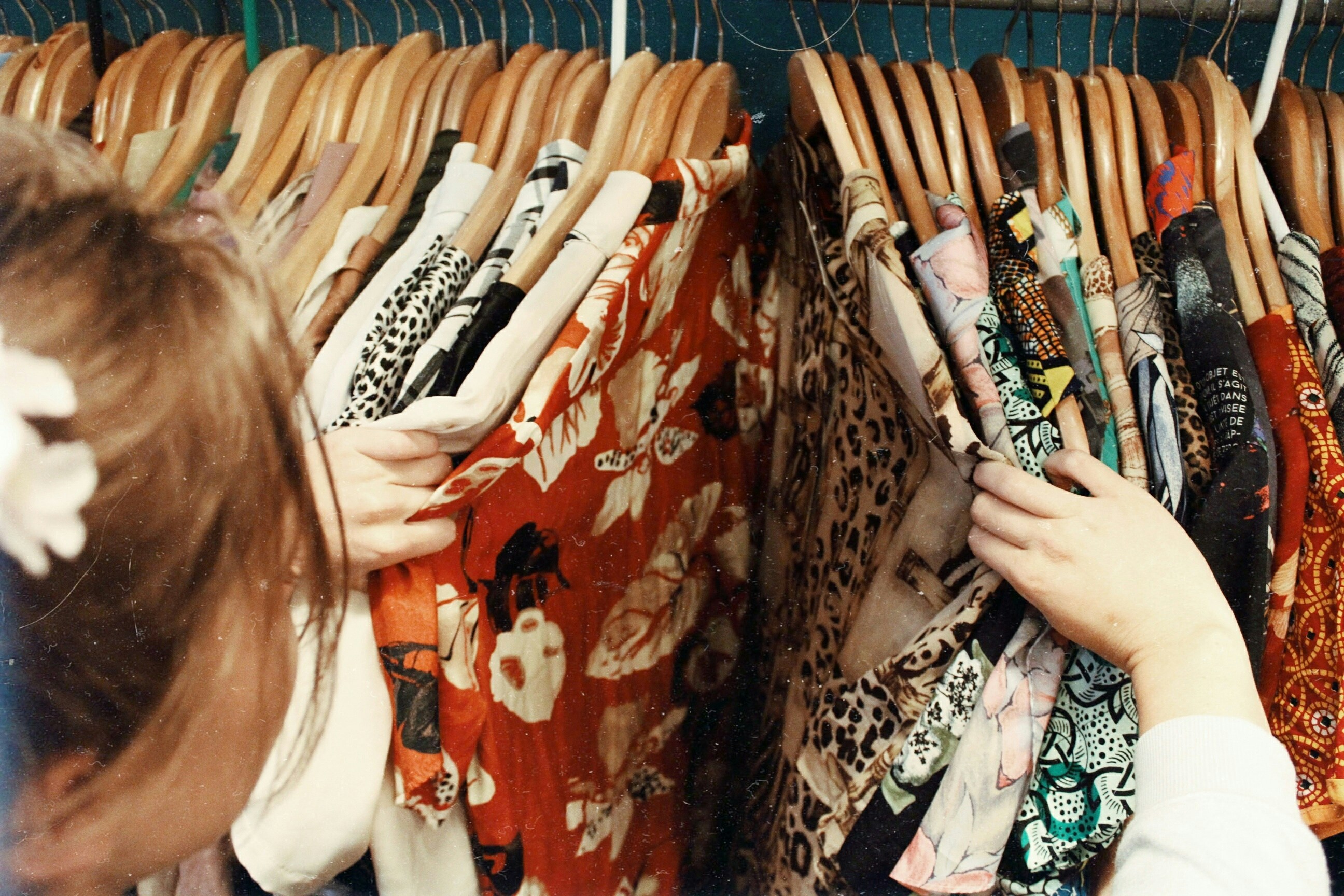How Sarilla Turns Cold Leads Into Warm Leads with RangeMe
“RangeMe is not necessarily the place where you are going to close a deal, though it has happened for us. What it does is move a cold lead into a warm lead and starts to build that buyer relationship.”
With this statement, Sara Delaney, Founder & CEO of beverage brand Sarilla, concisely summarized how best-in-class RangeMe subscribers view the platform, and leverage it as a key part of their overall strategy of moving buyers into and through their sales funnel. And Delaney makes great use of the tools it provides to ensure optimal exposure for her brand and to gain the insights she needs to engage buyers once a dialogue begins.
We’ll get into the “how” shortly, but first, a little about Sarilla.
Sarilla’s origin and introduction to RangeMe
Asheville, N.C.-based Sarilla sells a line of alcohol-free social beverages made with all-organic and mostly regeneratively-farmed ingredients sourced primarily from the brand’s small farm in the African country of Rwanda – with plans to soon be Regenerative Organic Certified. Delaney got her start as an importer selling loose leaf tea in bulk after falling in love with the tea from that region, and started experimenting with various formulations to make her …




